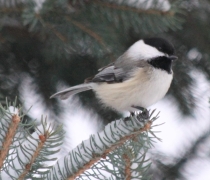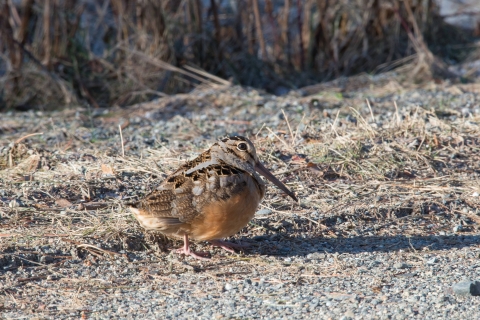Visit Us
Moosehorn National Wildlife Refuge provides nesting, feeding and breeding habitats for many different species, from tiny golden crowned kinglets to black bears and bobcats. Visitors can enjoy the refuge by car, foot, bike or horseback. A large portion of the refuge is a designated wilderness area wilderness area
Wilderness areas are places untamed by humans. The Wilderness Act of 1964 allows Congress to designate wilderness areas for protection to ensure that America's pristine wild lands will not disappear. Wilderness areas can be part of national wildlife refuges, national parks, national forests or public lands managed by the Bureau of Land Management.
Learn more about wilderness area , and provides an escape from the chaos of modern life. Hiking trails provide access to remote areas of the refuge.
Hiking MAPS and Trail Information
Can't visit us in person? Check out this video by Biological Technician Jordan Darley and Refuge Manager Keith Ramos (video edited by Jordan Darley).
For More Information on Hunting and Fishing in the Refuge
Location and Contact Information
Our Organization
Our Species
American Woodcock
American woodcock (Scolopax minor) are studied and managed intensively at Moosehorn National Wildlife Refuge. Timberdoodle, mud-sucker, and mud bat are all local names for the woodcock. Unlike their relatives, these reclusive shorebirds have evolved to live in the forests of eastern North America.
Get Involved
There are a variety of ways to get involved at Moosehorn National Wildlife Refuge. Volunteers, summer interns and the friends group all greatly contribute to the refuge. Visit our Get Involved page to learn ways in which you can help.
Projects and Research
The staff at Moosehorn manages the refuge for a variety of habitats to support diverse wildlife. Learn more about grassland, wetland, wilderness and fire management by clicking the link below.





